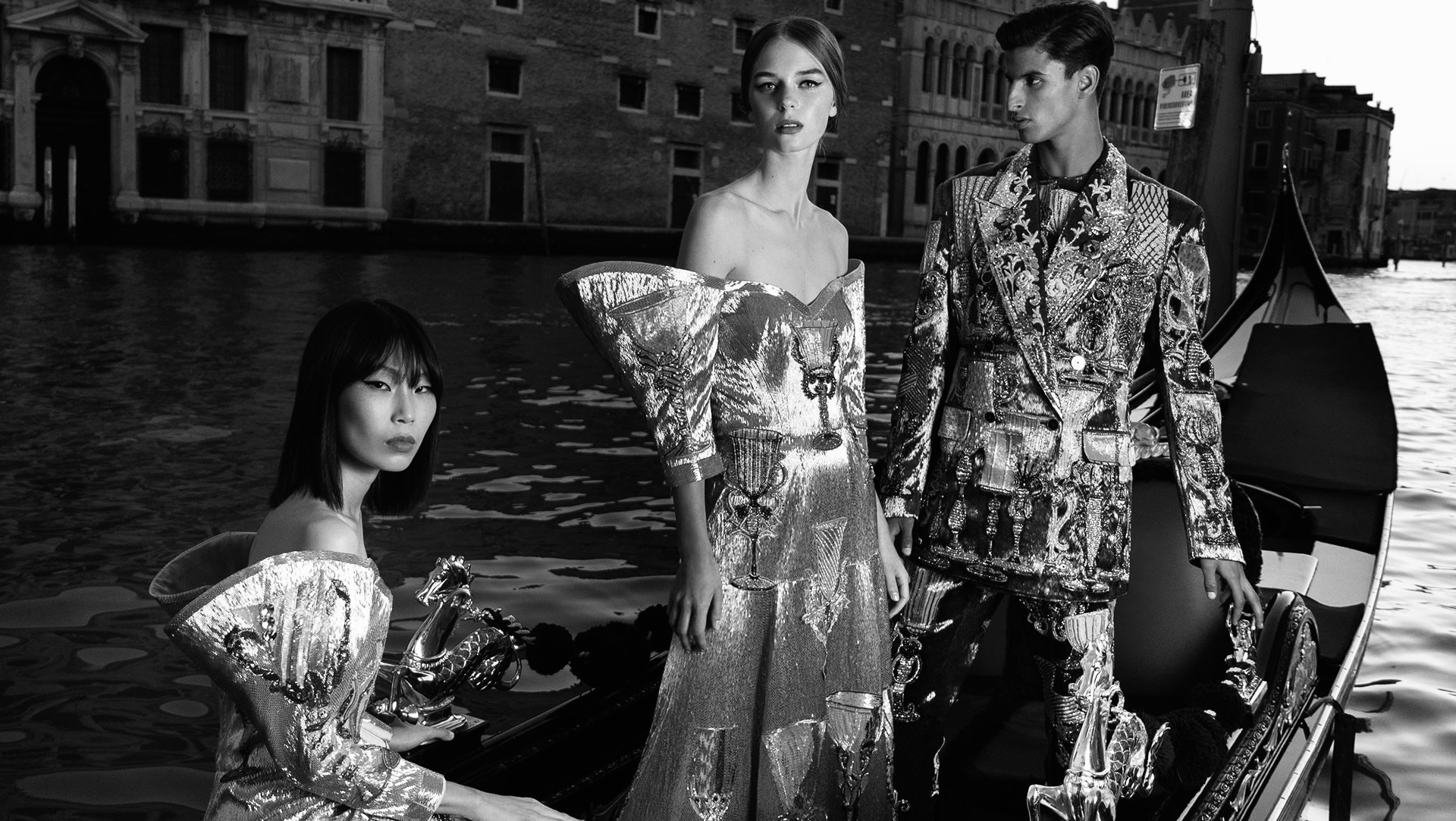Virtual fashion might sound like science fiction, but it has become an impending reality. As more and more of our lives are spent living in digital spaces on the Internet, the boundaries between what’s called real and what’s not are blurring. For fashion and beauty brands, the race to the metaverse has begun.
You might be wondering: what exactly is the metaverse? Most technically, the metaverse is a general term that refers to shared virtual environments in which people are represented by their digital avatars. Yet, what does this have anything to do with the fashion industry? Fashion is a form of self-expression, and it inevitably follows that, sooner or later, our digital counterparts will need fashion as well. Luxury brands are beginning to explore this completely new market. It is now possible to mold a digital avatar with your own image and dress yourself in clothes from brands like Gucci, Balenciaga, or Ralph Lauren – the list is expanding.
There is, of course, the question of scarcity because that really is what defines luxury brands. Tech has even made couture in the metaverse possible. There are NFT’s, also known as non-fungible tokens. Since NFTs are traceable and unique, each digital item is verifiable on the blockchain. You buy these fashion items using the digital currency called ETH (Ethereum). You can then take videos or photos of yourself wearing them using AR technology, dress up your avatar on any social media, anywhere in the metaverse.
The fashion industry is among the pioneers in the digital transition at large, and it is getting there fast. There have already been recorded sales in the tens of millions of dollars/euros. According to Morgan Stanley, non-fungible tokens and social gaming could grow the potential market for luxury groups by more than 10% within eight years and increase the sector’s earnings by about 25%. According to Gucci, it’s “only a matter of time” before major fashion houses join the metaverse and especially the NFT world. As fashion weeks go on, many brands have started to incorporate digital clothing into their collections.
So, why metaverse? The production of these luxury goods doesn’t use up any raw material, and labor is minimal – hence, extremely high profitability. Production of a digital garment is projected to emit 97% less CO2 than the physical good. There’s also elimination of overstocking and overproduction, to name a few. However, maintaining the metaverse does consume copious energy that would put a strain on the environment in the real world.
What’s next in fashion might be a blend of virtual and physical products. In an interview with Business of Fashion, Benoit Pagotto, co-Founder of RTFKT and director at Nike, explained how he used digital sneakers first to launch the actual RTFKT product. His brand designed a collection of sneakers that were crafted virtually and showcased to customers through 3D models— they sold out before RTFKT was able to make the actual shoes.
Certainly, the metaverse will grow and evolve in unforeseen ways. Despite the fear of the unknown, this brand-new world will open up infinite creative possibilities for luxury and fashion brands.
Photo Credit: @dolcegabbana

